History/driving impressions originally published in AutoWeek March 17, 1986
One of the best traditional British sports cars was the Datsun 2000 Sports. British, perhaps, as sushi and chips, but British nonetheless. Not in manufacture, of course, but in spirit it was every inch the equal to the MGB. In performance, it beats the B hands down, and as for racing, SCCA Regionals have had rules where the race wasn’t allowed to begin unless there was at least one Datsun roadster on the grid.
Of course, the Japanese firm always had been rather strongly influenced by the British. The first true Datsun was essentially a Japanese Austin 7, and Nissan built Austin A40s and A50s under license in the ‘50s. But the fully homegrown Datsun 2000 is from the same philosophical cloth as MG, Triumph or Austin-Healey. It may have been Japanese, but it was designed in Yokohama-on-Thames.
In fact, the Datsun 2000 looks rather like an MGB. It is, obviously, a roadster, but more than that, there are similarities in the grille openings and headlight cutouts. Overall profiles, except for the kick-up in the Datsun’s rear fender, are very much alike, with the same balance of hood, passenger compartment and trunk. The biggest difference is that Datsun used a sharper-edged pencil.
The cheap shot would be to accuse Datsun of copying MG, but the Datsun 1500 roadster, or Sport, had its international debut at the New York International Auto Show in the spring of 1962. The MGB didn’t go public until the London Auto Show in October of the same year. Datsun copying MG would seem unlikely, unless its industrial spy network was very good. More likely the similarities come from engineering momentum, from years of Japan looking over England’s shoulder, to the point that when the Asian firm went its own way, that was the same as its mentor’s. Or vice versa.
Anyway, the similarities run deeper than mere sheetmetal. Like the MGB, the 2000 and the models which preceded it had unequal-length A-arm front suspension and a live rear axle on leaf springs. The engine for each was a four-cylinder, but the MGB contented itself with an 1800 cc pushrod engine. The the Datsun roadster began as a 1500cc pushrod layout which was replaced by a 1600cc engine of the same design. That was later joined by the 2000cc single overhead cam four-cylinder. With the ohc engine, Nissan engineers were seeking not so much higher revs but more durability at revs already achieved by the ohv 1600.
The displacement was a big plus as well, boosting the Datsun from Midget/Spitfire peerage to sparring with the B. (Both the Datsun 2000 and 1600 were offered during the late ‘60s, though the 2000 was later to appear. The 1600 debuted in 1965, the 2000 in ’67). In fact, the 25 percent increase in displacement resulted in a 40 percent increase in horsepower. The 2000 put out 135 horsepower at 6000 rpm. Compare that to the 1800cc MGB’s relatively pathetic 92 bhp at 5400 rpm. Even the Datsun 1600 Sports made more.
Superficially the engines looked similar. At least, the dashpots of a pair of SU carburetors projected form the sides of each. But while the MG engine was undersquare, the Japanese unit had more bore than stroke, even after being stroked, not bored, to raise displacement from 1600cc. The 2000 also had a five-speed, which came with the displacement increase. The MGB’s four-speed didn’t become fully synchro’ed until 1968.
Performance comparisons yield predictable results. In contemporary tests, the Datsun 1600 covered the standing start quarter mile in 19.9 seconds, the MGB in18.7, while the 2000 did it in 17.3 seconds. The MGB could muster only 104 mph top speed, the Datsun 2000 10 mph faster.
The MGB/2000 comparison is a natural and one which Bill Smart of Herndon, Va., recalls making in 1969 when trading in his Pontiac GTO. After comparing the features of the MGB and the 2000 and noting that the Datsun included as standard all that was optional on the MG and still cost less than the MG and noting that the Datsun dealer was offering a realistic trade-in on his GTO, well. Smart still owns his Datsun.
It starts easily, with the sound of its exhaust predominating. Before long the wind is tumbling over the windshield and the shifter is sliding effortlessly from gear to gear. Though leg room is sufficient, the cabin is narrow and the driver is in easy speaking distance from the passenger, which is good because wind and exhaust noise conspire against conversation.
The engine exhibits marvelous flexibility, making it all too easy to misjudge the gear. Driving by sound or reading the tach will deceive; the gear lever will probably be a slot or two too low. The car cruises happily at 60 mph in third—when there are still two more gears to go. The only serious blot on the report card is a tendency to bump steer in the rear, typical of the Hotchkiss arrangement, and steering has a dead spot on center.
These faults were—and are—easy to live with, however, especially considering the kick of the engine and all the standard equipment. In 1969, however, the days of the Datsun 2000 Sport were numbered. The 240Z had debuted in Japan in 1968 and would replace the 2000 in the US lineup in 1970. And if the 2000 was better than the MGB, the Z had it over the B like Godzilla over Tokyo.
Still, in its day, little from England, at least in the same price range, ever bettered the little British sport car from Japan.








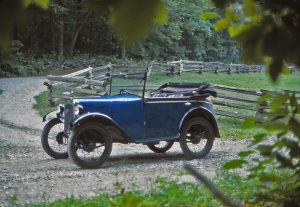
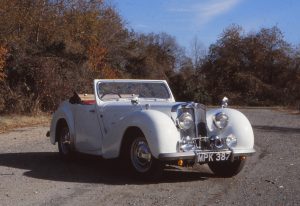
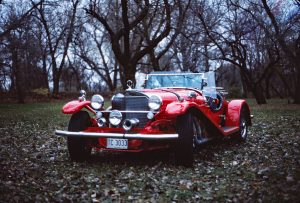
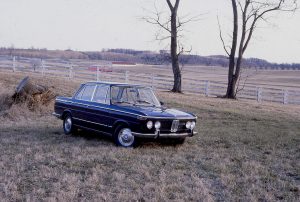
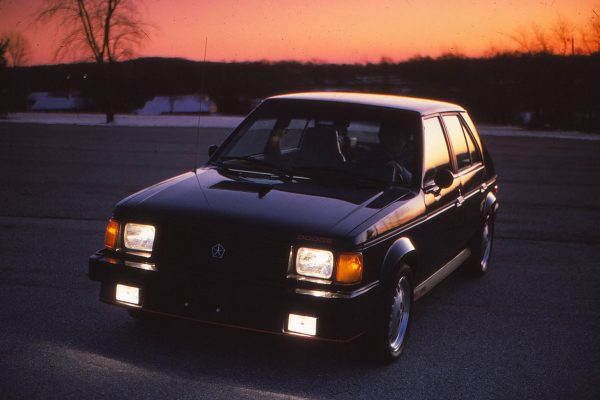
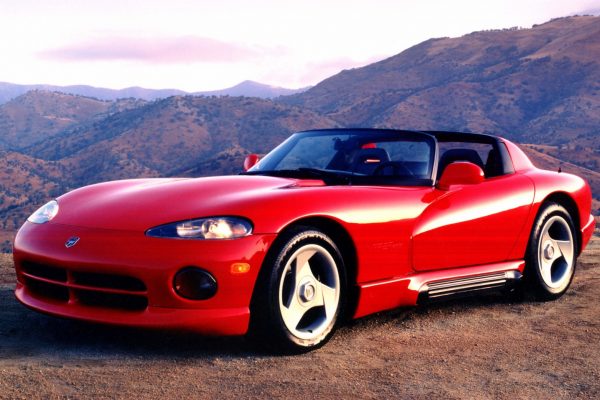
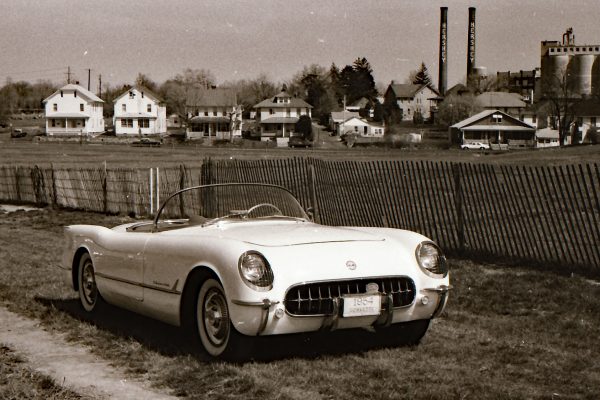
What Do You Think?
You must be logged in to post a comment.